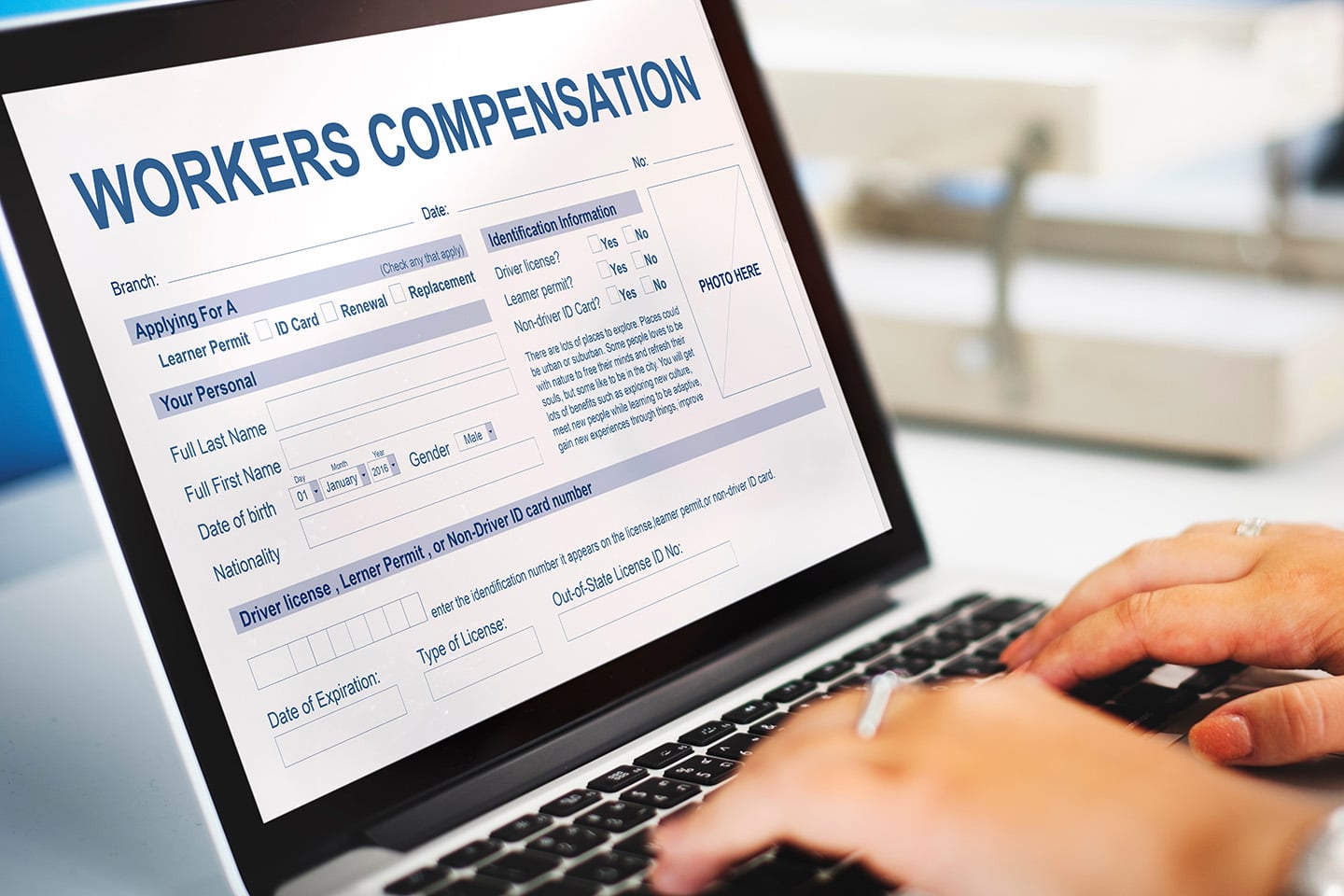There were 2.6 million non-fatal workplace injuries and illnesses reported by private industry employers in 2023 alone, according to the Bureau of Labor Statistics. The time that these workers are off work can vary widely based on the nature of injury and state laws, but even a relatively short period out of work can have a negative impact on an employee’s mental health.
Depression and anxiety naturally come along with increased pain levels, and this—coupled with the stress of lost income, loss of connectivity with work colleagues and lack of familiarity with the workers’ compensation process—can place a lot of pressure on employees. Fortunately, there are some things that employers can do to break this cycle and help employees return to the office in good mental and physical health.
See more: Pain and the whole person: How solving pain also helps mental and emotional wellness
Isolation, fear of the unknown further drive the pain cycle in workers’ comp
When people get hurt on the job, their co-workers may reach out initially, especially because our connectedness to others tends to come through our place of employment. But when that outreach drops off drastically, as is often the case, there’s nothing left for employees to do but focus on how much it hurts and how bad things are. Combine that with the complexity of the workers’ compensation process, and you have a recipe for complications.
For workers, there’s a lot to fear, starting with loss of income and an employer they may feel doesn’t care about them. They may have people from the outside who have had negative experiences with the workers’ compensation system spreading misinformation or that their workers’ compensation adjuster’s job is to get them kicked off the system. They may engage an attorney who tells them similar things. This all creates an environment of distrust and confusion.
If an employee is going to be out for an extended length of time, oftentimes, they’re looking at how they are going to feed their family, pay their mortgage and continue to live the lifestyle they are accustomed to. As all these external factors come into the equation, they may try to get back to work too fast and exacerbate their injury. Alternatively, depression may set in to the extent that they just don’t feel like they can do anything.
We know that the longer people are out of work, the less likely they are to go back to work. Workplace data reveals that only about 55% of people who have been out on leave for two months go back to work; if they’re out for four months, that figure drops to 32%. So, there is a lot at stake for employers.
The solution: Education and outreach make all the difference
A good education program can take out some of the unknown of the workers’ compensation process to alleviate angst and create more conducive working relationships. This is where a benefits team can make all the difference. There are lots of moving parts here, but a partnership between the adjuster helping to provide education and next steps to the worker, the case manager providing next steps and coordination, the physician, and the employer can go a long way toward reducing fear and making the claims process move smoother.
The workers’ compensation system can be confusing for people who are not immersed in it on an everyday basis. Therefore, it’s important for adjusters to really break it down for people using language they will understand. Clearly communicating how the process works, how they can be reached, how they will get the employee their money and what they will do to work with their doctor and get the employee back to work and whole again can be enormously comforting. Laying out the steps to completion can help alleviate the perception that the system keeps everything close to the vest and give workers confidence that they have an advocate rather than an adversary.
Another simple step an employer can take is to continue to reach out to injured workers. We know that connectedness to other people is an important component in people’s happiness, so efforts to stave off the negative impact of isolation and loneliness that come from being off work can help employees heal. Continue to check in—and not just to find out if the employee’s doctor has cleared them to return to work. Ask how they are doing, or send get-well cards signed by their team. Simple gestures can go a long way in helping people feel cared about and missed.
Let empathy and common sense drive the return-to-work process
People coming back to work after an injury are often afraid of hurting themselves again, so a slow integration can be beneficial to help them prove to themselves that they’re capable and ready. A graduated work schedule can be extremely effective in helping injured workers come back to work confidently, slowly giving them the proof that they can get there safely. This is especially important if the return comes while they’re still engaging with medical providers and physical therapists, giving them that extra support.
With proper support and empathy from HR and business leaders, companies can see their employees safely through the workers’ compensation process and welcome them back to the office in good mental and physical health. Workers’ compensation adjusters can be great partners in the education and outreach process, driving a more positive experience for all.
Credit: Source link











